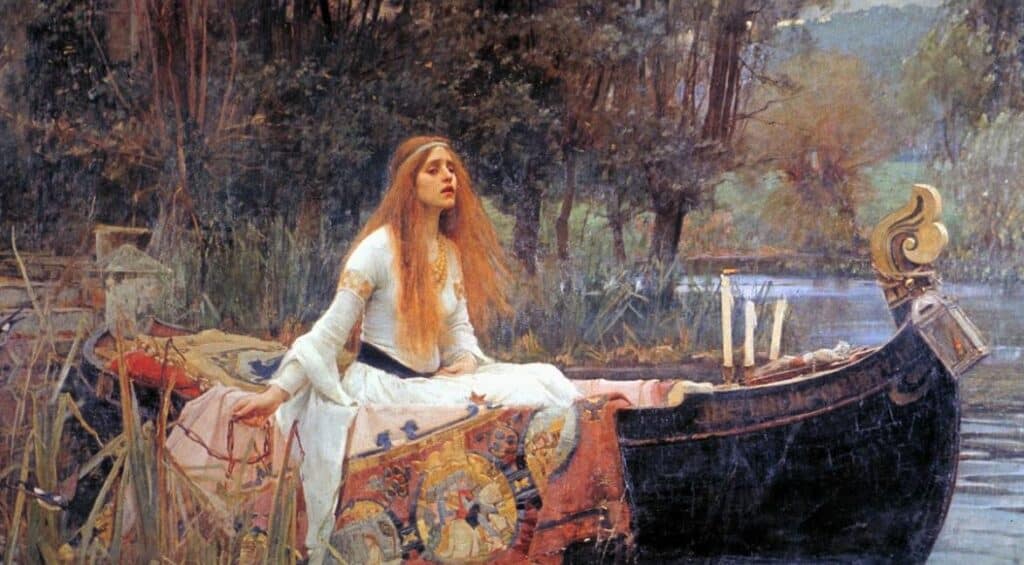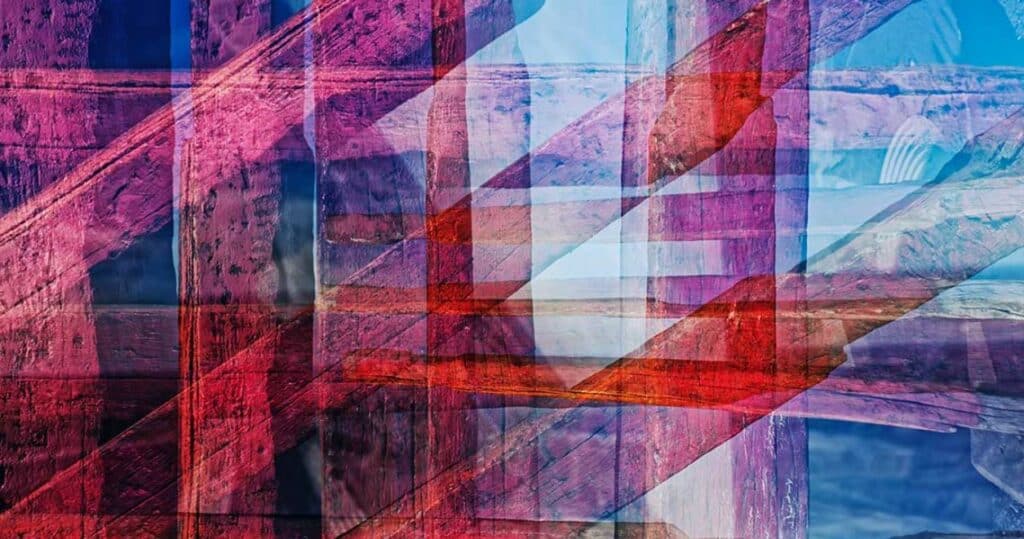“Art Reimagined: 10 Visual Interpretations of Classic Literary Works”
In this piece, “Art Inspired by Literature: 10 Visual Interpretations of Classic Works”. We’ll take you on a tour of the literature-inspired art world. We will examine ten breathtaking visual interpretations of classic literary works that have stood the test of time.
If you’ve ever experienced the magic of getting lost in a good book, then you already know that literature possesses the unique ability to transport us to different worlds, ignite our imaginations, and stir our emotions. If you’ve never had that experience, then you’re missing out. It should come as no surprise that the pages of well-known works of literature have served as a source of creativity for a great number of artists throughout history.
Literature can change societies, test beliefs, and give people ideas for years. Some works of literature have lasted through time and across cultures, leaving a deep impression on their readers and changing how people think. From ancient epics to modern novels, these ten works of literature have significantly impacted the world and still speak to people today.
How Literature Inspires Art
Literature and other forms of creative expression have always been intertwined, with one form of creative expression frequently serving as a source of inspiration and enhancement for the other. The coming together of these two art forms has resulted in the creation of some of the most enduring and captivating works in the history of the human race.Here are some specific examples of how literature has inspired art:
- Characters: Many artists have created paintings, sculptures, and other works of art based on fictional characters from books. Auguste Rodin, a famous French artist, got ideas for his famous sculpture, The Thinker, from Dante’s Inferno.
- Setting: The places where books are set can also inspire artists. To give you an example, the American realist writer Sherwood Anderson gave Edward Hopper ideas for his painting Nighthawks.
- Themes: Themes in literature can also give artists ideas. One illustration is Pablo Picasso’s painting Guernica, which drew inspiration from the French poet Guillaume Apollinaire’s works about war and violence.
10 Visual Interpretations of Classic Works of Literature
Art and literature share a unique and timeless connection. Throughout history, artists have drawn inspiration from the words of classic authors, creating visual interpretations of beloved works of literature that capture the essence of these stories. We’ll examine ten breathtaking examples of visual art that draw inspiration from classic literary works.
1. Da Vinci’s “Mona Lisa,” inspired by Dante’s “Inferno.”

The “Mona Lisa” by Leonardo da Vinci is one of the most famous paintings in the world, known for its enigmatic smile. Many people might not be aware of this, but Dante Alighieri’s “Inferno” served as inspiration for this well-known visual interpretation of classic works of art. Dante’s vivid descriptions of the fiery depths of Hell are thought to have influenced the mysterious and beautiful landscape behind the Mona Lisa.
Key Details: Mona Lisa
| Aspects | Description |
| Artist: | Leonardo da Vinci |
| Time period: | Renaissance |
| Literary Inspiration: | Dante’s “Inferno” |
| Artistic Style: | Renaissance |
| Memorable: | Enigmatic Smile |
| Iconic feature: | Fiery Landscape |
| Historical Influence: | Artistic Renaissance |
2. The Great Gatsby” Cover Art by Francis Cugat

The cover art by Francis Cugat for F. Scott Fitzgerald’s “The Great Gatsby” is a famous visual interpretation of classic works of the 1920s. The strange image of a woman without a face looking out at a sparkling cityscape perfectly captures the book’s themes of money, excess, and the elusive American Dream.
Key Details: The Great Gatsby
| Aspects | Description |
| Artist: | Francis Cugat |
| Time period: | 1920s |
| Literary Inspiration: | F. Scott Fitzgerald’s “The Great Gatsby” |
| Artistic Style: | Surrealism |
| Memorable: | Faceless Woman |
| Iconic feature: | Glittering Cityscape |
| Historical Influence: | Roaring Twenties |
3. “Wuthering Heights” Illustrations by Fritz Eichenberg

Emily Bront’s “Wuthering Heights” is known for having a dark and ominous feel to it, and Fritz Eichenberg’s scary woodcuts capture this feeling. The moods and landscapes of the story come to life through his masterful use of contrasts and shadows.
Key Details: Wuthering Heights
| Aspects | Description |
| Artist: | Fritz Eichenberg |
| Time period: | 20th Century |
| Literary Inspiration: | Emily Brontë’s “Wuthering Heights” |
| Artistic Style: | Woodcut Illustration |
| Memorable: | Haunting Atmosphere |
| Iconic feature: | Shadows and Contrasts |
| Historical Influence: | Captures Emotions |
4. Alice’s Adventures in Wonderland: Sir John Tenniel’s Illustrations

Without Sir John Tenniel’s famous visual interpretations of classic works, Lewis Carroll’s strange and wonderful world of Wonderland would not be the same. Tenniel’s detailed drawings of Alice, the Mad Hatter, and the Cheshire Cat are an important part of the well-known story and make it more magical to look at.
Key Details: Alice’s Adventures in Wonderland
| Aspects | Description |
| Artist: | Sir John Tenniel |
| Time period: | 19th Century |
| Literary Inspiration: | Lewis Carroll’s “Alice’s Adventures in Wonderland” |
| Artistic Style: | Detailed Illustration |
| Memorable: | Iconic Characters |
| Iconic feature: | Whimsical Surrealism |
| Historical Influence: | Enchanted Wonderland |
5. 1984: Shepard Fairey’s “Big Brother Is Watching You” Poster

“1984,” George Orwell’s dystopian classic, is still important today, and artists have used its ideas in their work. The “Big Brother Is Watching You” poster by Shepard Fairey, with its familiar style of art, serves as a chilling reminder of the book’s warnings about surveillance and totalitarianism, highlighting the significance of visual interpretations of classic works.
Key Details: 1984
| Aspects | Description |
| Artist: | Shepard Fairey |
| Time period: | Contemporary |
| Literary Inspiration: | George Orwell’s “1984” |
| Artistic Style: | Modern Art |
| Memorable: | Big Brother Poster |
| Iconic feature: | Ominous Imagery |
| Historical Influence: | Dystopian Warnings |
6. Moby-Dick: Rockwell Kent’s Illustrations

The epic “Moby-Dick” by Herman Melville comes to life in Rockwell Kent’s woodcut works, offering remarkable visual interpretations of classic works. Kent’s art vividly illustrates the beauty and danger of the high seas, while also capturing the unwavering obsession that consumes Captain Ahab in his relentless quest to find the elusive White Whale.
Key Details: Moby-Dick
| Aspects | Description |
| Artist: | Rockwell Kent |
| Time period: | 20th Century |
| Literary Inspiration: | Herman Melville’s “Moby-Dick” |
| Artistic Style: | Woodcut Illustration |
| Memorable: | Maritime Grandeur |
| Iconic feature: | Ahab’s Obsession |
| Historical Influence: | Nautical Realism |
7. The Lord of the Rings: Alan Lee’s Illustrations

The vivid pictures by Alan Lee bring J.R.R. Tolkien’s Middle-earth to life, offering stunning visual interpretations of classic works. He gives “The Lord of the Rings” series more depth and dimension through his art, which makes it a visual feast for fans of the fantasy epic.
Key Details: The Lord of the Rings
| Aspects | Description |
| Artist: | Alan Lee |
| Time period: | 20th/21st Century |
| Literary Inspiration: | J.R.R. Tolkien’s “The Lord of the Rings” |
| Artistic Style: | Fantasy Illustration |
| Memorable: | Rich Landscapes |
| Iconic feature: | Middle-earth Magic |
| Historical Influence: | Fantasy Literature |
8. To Kill a Mockingbird: Harper Lee’s “Mockingbird” Book Cover

“To Kill a Mockingbird” by Harper Lee is a powerful story about how racism hurts people and how people can grow morally in the American South. Lee’s close friend Truman Capote designed the book’s original cover, which shows a silhouetted mockingbird sitting on a branch. The bird represents the book’s main themes of innocence and injustice.
Key Details: To Kill a Mockingbird
| Aspects | Description |
| Artist: | Truman Capote |
| Time period: | 20th Century |
| Literary Inspiration: | Harper Lee’s “To Kill a Mockingbird” |
| Artistic Style: | Silhouetted Mockingbird |
| Memorable: | Innocence and Injustice |
| Iconic feature: | Symbolic Mockingbird |
| Historical Influence: | Civil Rights Themes |
9. Pride and Prejudice: Hugh Thomson’s Illustrations

The charming and detailed drawings by Hugh Thomson make “Pride and Prejudice,” a well-known book by Jane Austen, even better. Thomson’s art captures the Regency era’s manners and social norms, drawing the reader deeper into the story’s world of love and class.
Key Details: Pride and Prejudice
| Aspects | Description |
| Artist: | Hugh Thomson |
| Time period: | 19th Century |
| Literary Inspiration: | Jane Austen’s “Pride and Prejudice” |
| Artistic Style: | Regency Illustration |
| Memorable: | Regency Manners |
| Iconic feature: | Love and Class |
| Historical Influence: | Regency Literature |
10. Dracula: Edward Gorey’s “Dracula” Illustrations

This is the perfect vampire story: “Dracula” by Bram Stoker. Edward Gorey’s dark and complicated drawings go perfectly with it. The creepy and mysterious story goes well with his gothic style, making for an unforgettable visual experience for readers.
Key Details: Dracula
| Aspects | Description |
| Artist: | Edward Gorey |
| Time period: | 20th Century |
| Literary Inspiration: | Bram Stoker’s “Dracula” |
| Artistic Style: | Gothic Illustration |
| Memorable: | Macabre Atmosphere |
| Iconic feature: | Eerie Style |
| Historical Influence: | Vampire Lore |
There is a clear link between literature and art, and these visual interpretations of classic works show how powerful stories can be over time. From Da Vinci’s “Mona Lisa” to Gorey’s “Dracula” drawings, artists have drawn from books to get ideas. They’ve added new layers of meaning to well-known works and encouraged readers to see them in a new way. If you like both books and art, looking at these visual interpretations can be a fun way to explore the worlds that some of the best authors ever wrote about.
FAQ
Why do artists create visual interpretations of classic literary works?
Visual interpretations of classic works of literature are frequently created by artists to provide readers with a new perspective on the story and to capture the essence of the narrative in a visual medium.
Are classic literary visual interpretations limited to traditional art forms such as painting and illustration?
No, visual interpretations can include a variety of art forms such as sculpture, photography, digital art, and others. Artists interpret classic literary works through various mediums, offering diverse and unique perspectives.
Where can I find more visual retellings of classic literature?
Visual interpretations of classic literature can be found in art galleries, libraries, and online art and literature platforms. Many editions of classic books include illustrations that help to contextualize the text. Exploring these resources can help you appreciate art and literature more deeply.





